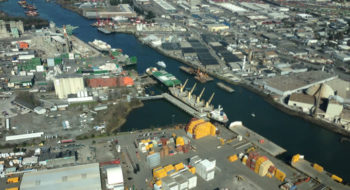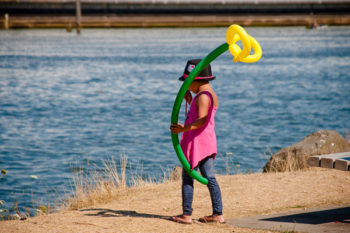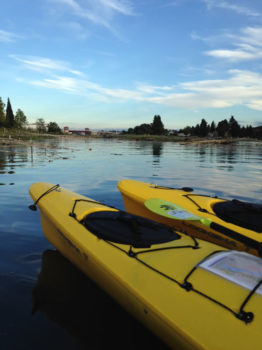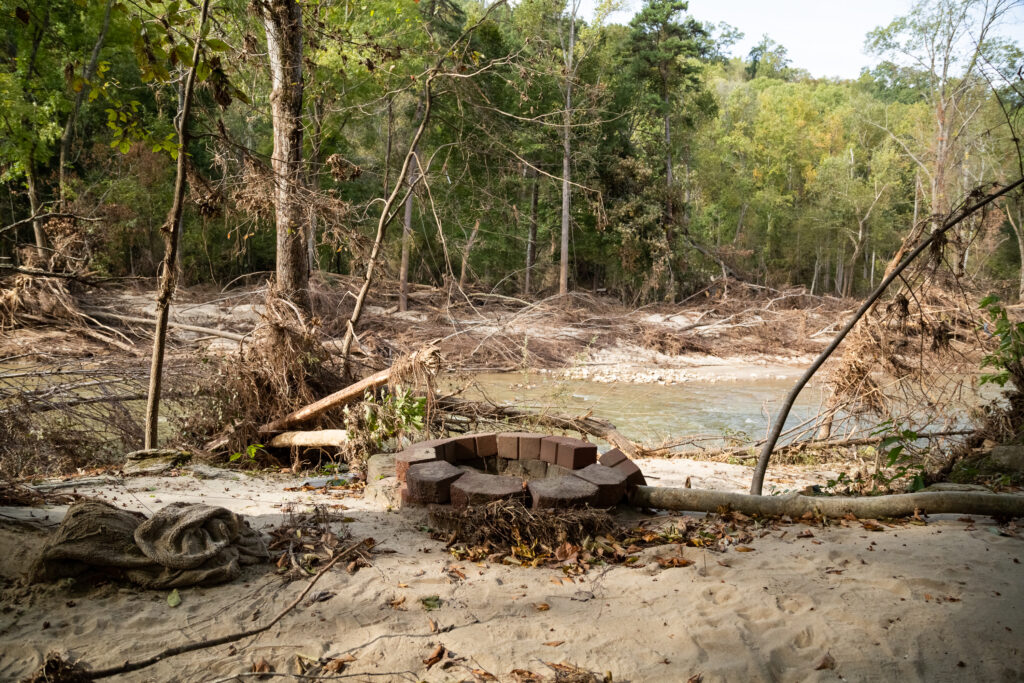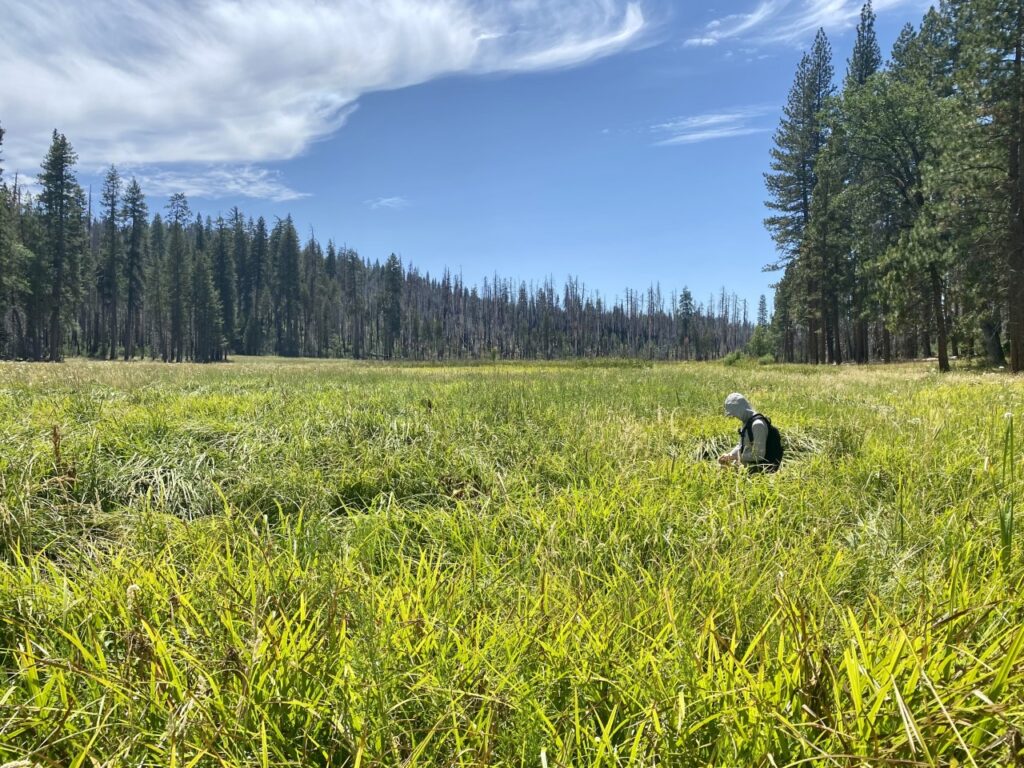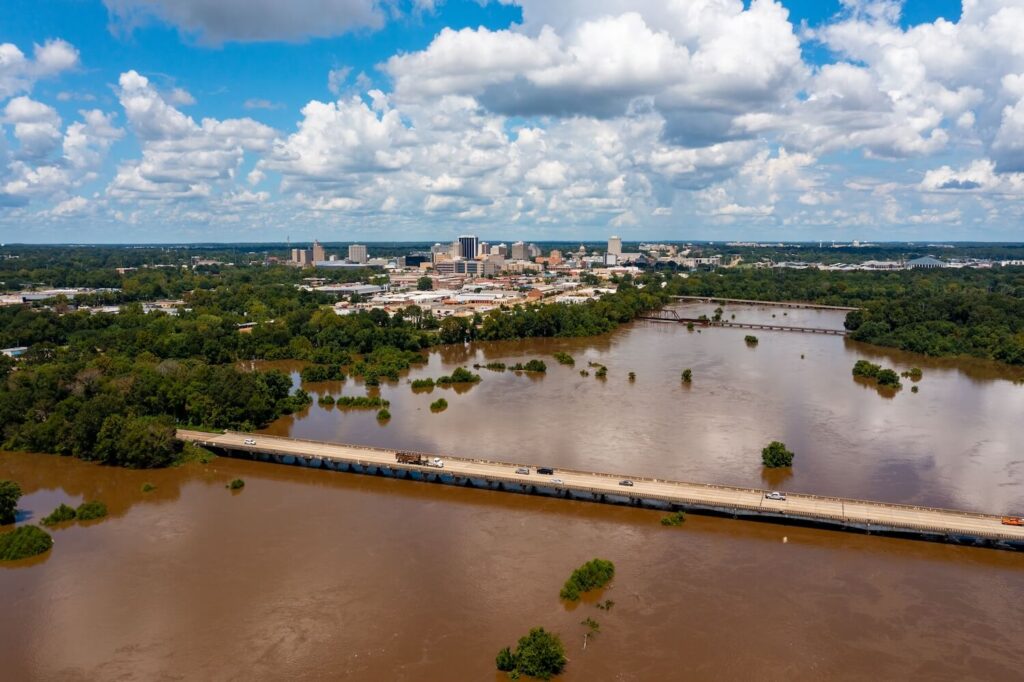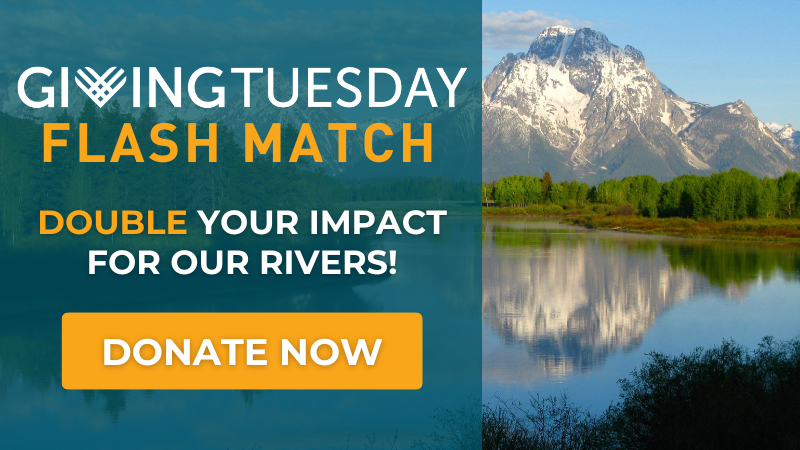Washington Community Pushes for a Healthy River
Washington's Duwamish River is over-industrialized and negatively impacts the health of area residents as well as fish and wildlife. The Duwamish River Cleanup Coalition is helping bring people together to ensure the health of the river for everyone.
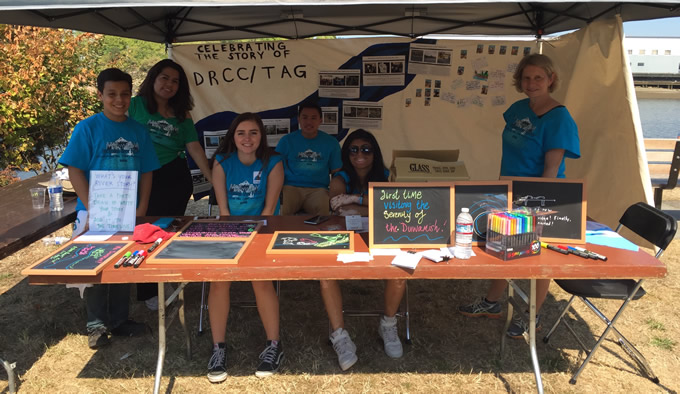
This guest post by Duwamish River Cleanup Coalition/Technical Advisory Group (DRCC/TAG) is a part of our America’s Most Endangered Rivers® series spotlighting the Green-Duwamish River.
The Duwamish River used to be a meandering river that was a natural home to people and wildlife for thousands of years. In 1913, this river was literally moved in a dramatic way.
With a goal of drawing industry to its shores, the decision was made to straighten the Duwamish River into an industrial waterway, shifting a 12-mile meandering river into five relatively straight miles. This move had dramatic implications for the future of our city, our wildlife, and the health of the communities around the river.
This massive project did have the positive impact it intended, ensuring Seattle became an economic leader on the West Coast. Today, this river directly provides over 80,000 jobs. However, the project also had a significant negative impact on our environment, fish, and wildlife. The straightening and industrialization of the river resulted in a legacy of health and pollution problems, including the elimination of the filtrating effects of intertidal areas.
Cleaning Up the River
Unfortunately, the Duwamish River is now categorized as one of the most polluted areas in the nation – a Superfund site. This label is a designation for which the community and river advocates fought. It means the work can begin to address the pollution in the Duwamish River. While the Record of Decision – the plan for how much and where to cleanup – is now complete, there is still a need to design the actual cleanup plans, including the technology used, the construction truck routes, and much more.
Stakeholders affected by the long-term pollution of the Duwamish River founded the Duwamish River Cleanup Coalition (DRCC) in 2001 to serve as the official community advisory group to the Environmental Protection Agency (EPA). Over the past 15 years, DRCC and our partners have pushed the EPA and the responsible parties to engage our communities in a way that is accessible, engaging, and culturally appropriate. With the community engaged and empowered, cleanup plans are stronger and more effective. We are working for a cleanup of the Duwamish River that benefits all – wildlife, community, fishers, workers, and those responsible for cleaning it up.
One result of these efforts has been the cleanup of one of the most polluted reaches of the Green-Duwamish River, Terminal 117 or T-117, to residential safety standards. T-117 was designated as an Early Action Area because it was so polluted it required cleanup action before the final cleanup plans for the Duwamish River were released. Original plans were to bring T-117 up to industrial standards, leaving much of the pollution in the ground and closing it off for any future public use. Nearby residents organized with DRCC to oppose this weak cleanup plan and fight to gain public access to the river. Today, this site is cleaned up and there are plans to enhance habitat at T-117 and provide public access; an incredible achievement in a place that was previously considered too toxic for people to enjoy.
Engaging Local Communities
It is essential to continue to actively engage communities for the health of the Duwamish River, the fish that swim in it, and the communities that live and work on its banks. In the coming years, fishing on the Lower Duwamish River for cultural, subsistence, and recreational purposes will continue and the health of those who consume fish other than salmon will be at risk. Efforts to work with fishers to reduce their family’s exposure to these risks are underway, but more must be done to spread the word.
Communities in the Duwamish Valley also face challenges from the cumulative impacts of industrial air pollution, pollution from trucks and highway traffic, limited economic opportunity, and lack of parks and open space. Life expectancy for people living in this area is eight years lower than King County and City of Seattle averages.
The role of DRCC and our partners is to ensure communities are actively engaged and informed in the process of cleaning up these polluted sites. The communities most impacted by these inequities must be at the negotiating table to determine how we move forward. Together, organizations, agencies, and communities can restore the health of this watershed.
The wealth of Seattle was built on the back of this river. It is time to balance our weight and influence and create “A River For All” – not just for industry, but also for river communities, fish, and wildlife. The leadership in Seattle and King County will be followed by the rest of Puget Sound. It is time to prosper in new ways that will make our region an example for new and innovative ways to flourish.
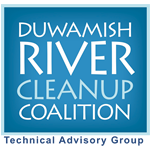 Duwamish River Cleanup Coalition /Technical Advisory Group (DRCC/TAG) is a non-profit organization involved in all aspects of the cleanup of the Duwamish River, working to ensure the cleanup meets community standards by restoring environmental health and protecting the fishers and families who use the river, as well as reflecting the priorities, values and will of the people who live and work in the region.
Duwamish River Cleanup Coalition /Technical Advisory Group (DRCC/TAG) is a non-profit organization involved in all aspects of the cleanup of the Duwamish River, working to ensure the cleanup meets community standards by restoring environmental health and protecting the fishers and families who use the river, as well as reflecting the priorities, values and will of the people who live and work in the region.

